✓ Joining us on our Whatsapp Channel: 💬 Explore and Escape!.
Booking through us:
✓ 🏩 🛌 Handpicked Luxury Stays in Budget: Booking.com | Agoda.com
✓ 🍹⛱️ Deals on Private xfers, SIM Cards, City tours, Day trips : 📍🗺️ GetYourGuide | 🛵🧳 Klook
com/landmarks/oceania-landmarks/landmarks-of-australia/”>landmarks in Africa to see, with Angola sharing quite a few of those!
Angola’s landscape is dotted with landmarks that speak to the rich history and bold spirit of its people.
From the towering cliffs of Tundavala to the stunning architecture of Palácio de Ferro, these landmarks stand as proud testaments to the resilience and character of Angolan culture.
1. Fortress of Ṣo Miguel РLuanda

A historical fortress located in Luanda, Angola, built in the late 16th century by the Portuguese.
What to see or do: Explore the fortress and its surroundings, learn about its history, admire the colonial architecture and enjoy scenic views of Luanda Bay.
Don’t miss: The military museum inside the fortress, featuring a display of weapons, military clothing and other artifacts.
Insider travel tips: Wear comfortable shoes as the terrain around the fortress can be rocky and uneven. Visit early in the morning to avoid crowds and the heat of the day.
Bring your camera to capture stunning views of the Bay.
2. Cathedral of Our Lady of the Immaculate Conception – Luanda
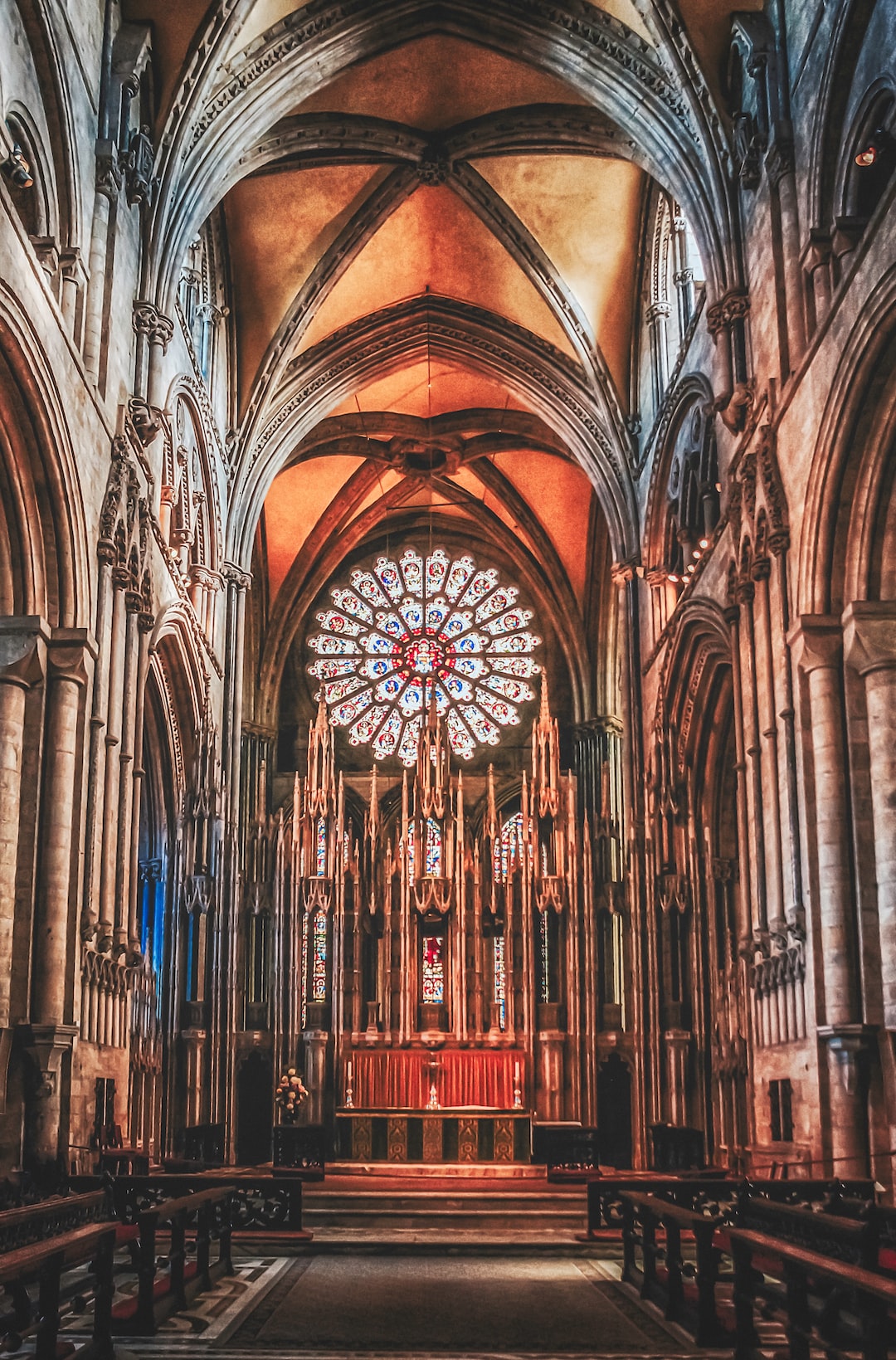
A stunning Catholic cathedral located in the heart of Luanda, the capital city of Angola.
What to see or do: Admire the beautiful façade and intricate architecture of the cathedral, which was completed in 1958. Attend a mass or service to experience the spiritual ambiance of the cathedral.
Don’t miss: The stunning stained glass windows, depicting scenes from the life of Jesus and various saints. Also, make sure to climb to the top of the bell tower for a panoramic view of Luanda.
Insider travel tips: Dress modestly, as the cathedral is a religious site. The cathedral is particularly beautiful at sunset, so time your visit accordingly.
Be cautious of your belongings when visiting the area, as it can be crowded.
3. Church of the Holy Trinity – Huambo
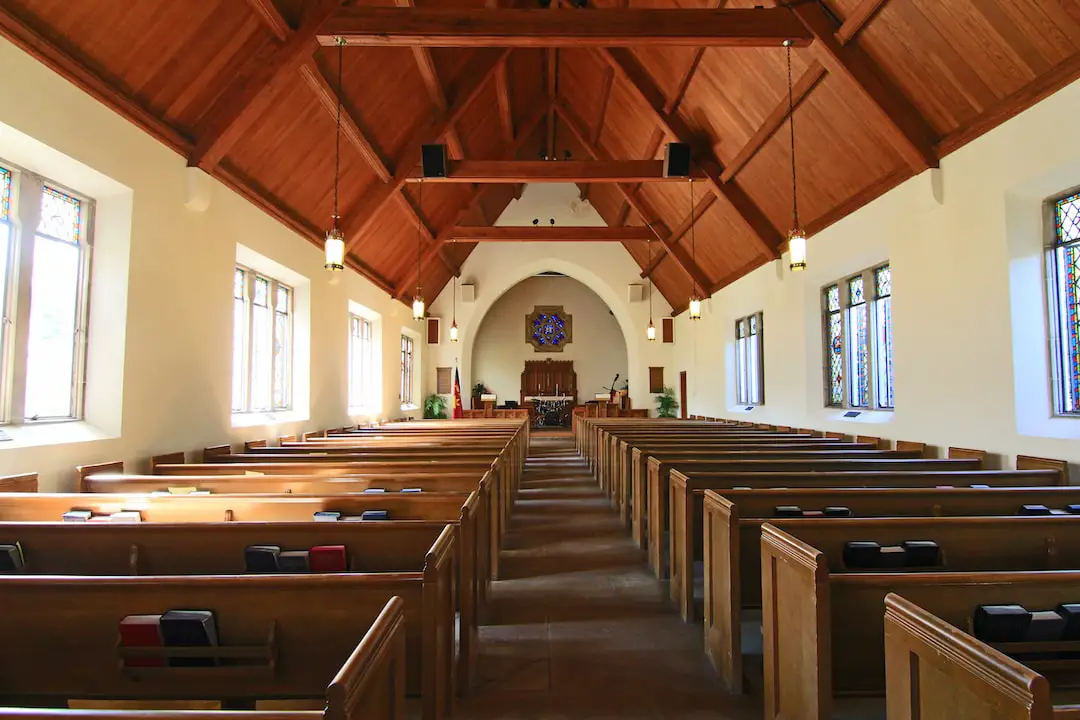
The Church of the Holy Trinity is a historic Catholic church located in the heart of Huambo, Angola.
What to see or do: Visitors can admire the stunning architecture, intricate stained glass windows, and intricate artwork inside the church.
Don’t miss: Make sure to take a moment to appreciate the beautiful rose window and altar, as well as the peaceful atmosphere inside the church.
Insider travel tips: Be sure to dress modestly and respectfully when entering the church. Additionally, check the church’s schedule to attend a mass if possible, as it offers a unique and spiritual experience.
4. Monumento ao Soldado Desconhecido – Luanda

Monumento ao Soldado Desconhecido, also known as the Unknown Soldier Monument, is a landmark monument located in Luanda, Angola.
What to see or do: The monument was built in memory of the soldiers who lost their lives fighting for Angola’s independence. It’s a beautiful and impressive structure that stands at 50 meters high.
Visitors can take photos and admire the monument’s architecture and symbolism.
Don’t miss: Don’t miss the chance to explore the surrounding area of the monument, which is located in a park with lush trees and grassy areas.
It’s a great place to relax and enjoy a picnic with friends and family.
Insider travel tips: It’s best to visit during the day to fully appreciate the monument’s structure and the park’s natural beauty.
Be sure to bring a camera and take a lot of photos, especially during sunset when the monument is illuminated, creating a magical ambiance.
Also, be aware of your surroundings and keep your valuables close by to avoid any theft incidents.
5. Pavilḥo Multiusos do Kilamba РLuanda
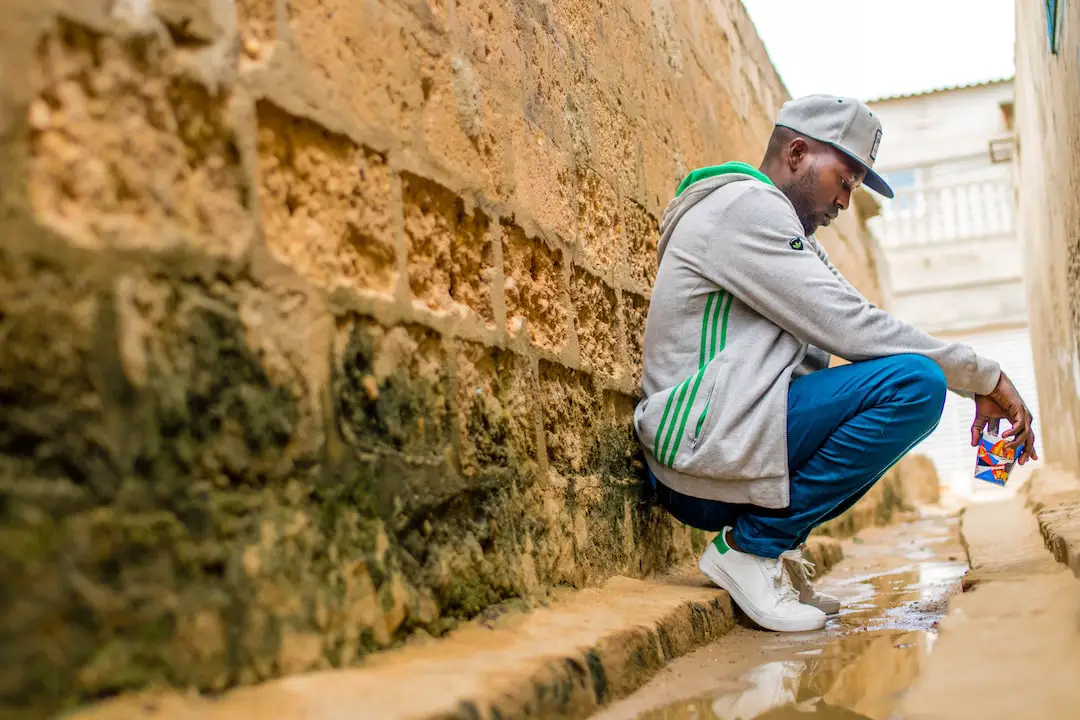
Pavilhão Multiusos do Kilamba is a multi-purpose indoor arena located in the Kilamba City, Luanda.
What to see or do: The pavilion hosts various events including concerts, sports tournaments, cultural and political events.
Don’t miss: Catch a live sports match or concert in the arena to experience the vibrant culture of Luanda.
Insider travel tips: Plan your visit in advance as events can get crowded and busy. Arrive early to grab the best seats and avoid long queues.
6. National Museum of Slavery – Luanda
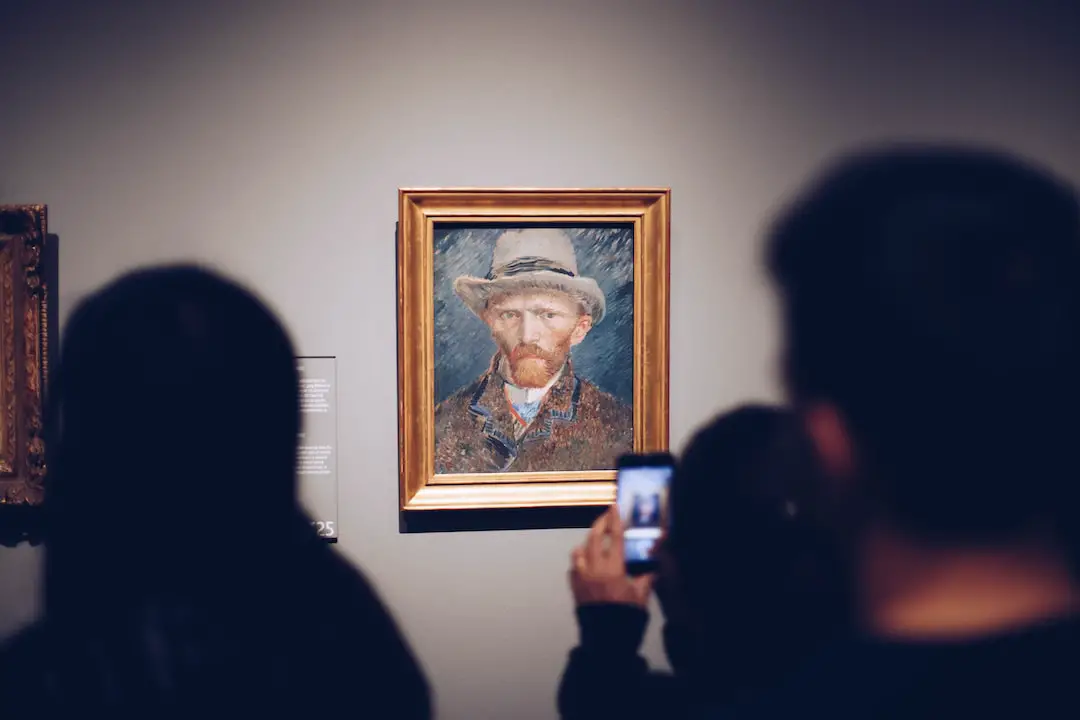
The National Museum of Slavery is a historic museum located in Luanda, Angola. It is dedicated to the memory of the millions of enslaved Africans who were shipped across the Atlantic Ocean.
What to see or do: The museum features a collection of artifacts, exhibits, and educational displays that highlight the impact of the transatlantic slave trade on Angola and the world.
Visitors can learn about the African kingdoms that were affected by the trade, see replicas of slave ships, and hear stories from survivors of the slave trade.
Don’t miss: One of the highlights of the museum is the “Door of No Return,” a symbolic doorway through which enslaved Africans were forced to pass before boarding ships bound for the Americas.
Insider travel tips: – Give yourself plenty of time to explore the museum and its exhibits.
7. Cunene River – Ondjiva
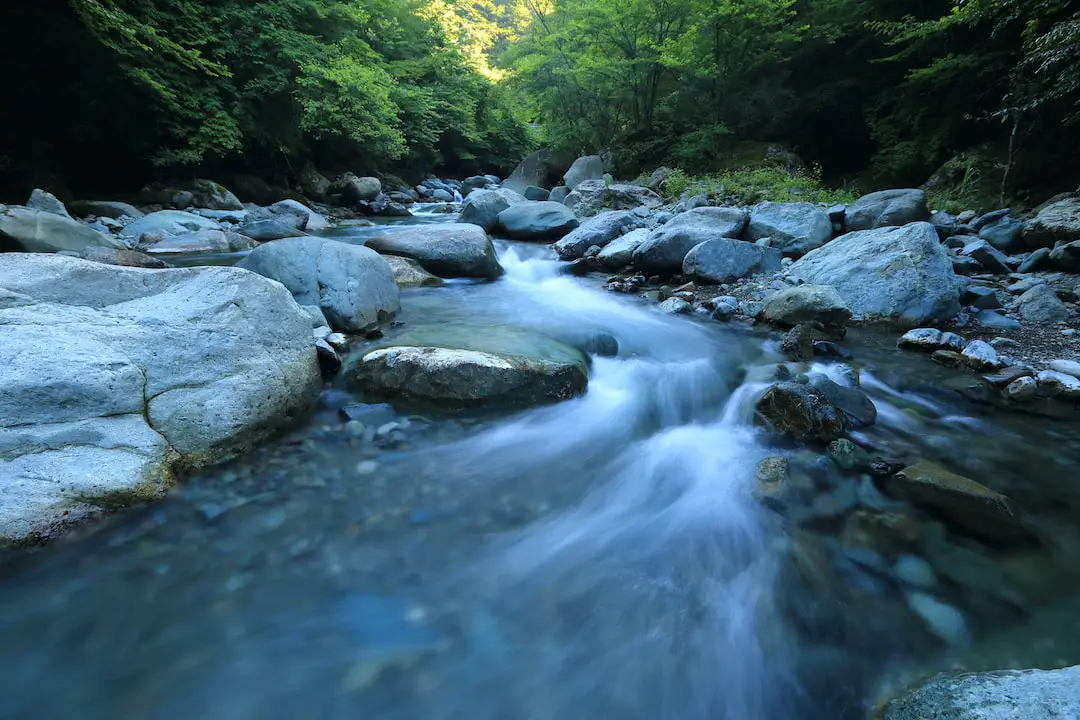
Cunene River is a river that runs through Angola and Namibia, and forms the southern boundary between the two countries.
What to see or do: The river offers scenic views of the surrounding landscape and opportunities to spot wildlife such as crocodiles and hippos. Visitors can also go fishing or take a boat trip along the river.
Don’t miss: The Epupa Falls, located on the river’s Namibian side, is a must-see attraction. These waterfalls consist of a series of cascades that drop over 60 meters and are surrounded by stunning rock formations.
Insider travel tips: It is recommended to visit the river during the dry season (May to October) when the water levels are lower, making it easier to spot wildlife.
Visitors should also pack insect repellent as there are often mosquitoes near the river. Additionally, it is important to respect the cultural customs of the local Himba people who live near the river.
8. Maiombe Forest Reserve – Cabinda
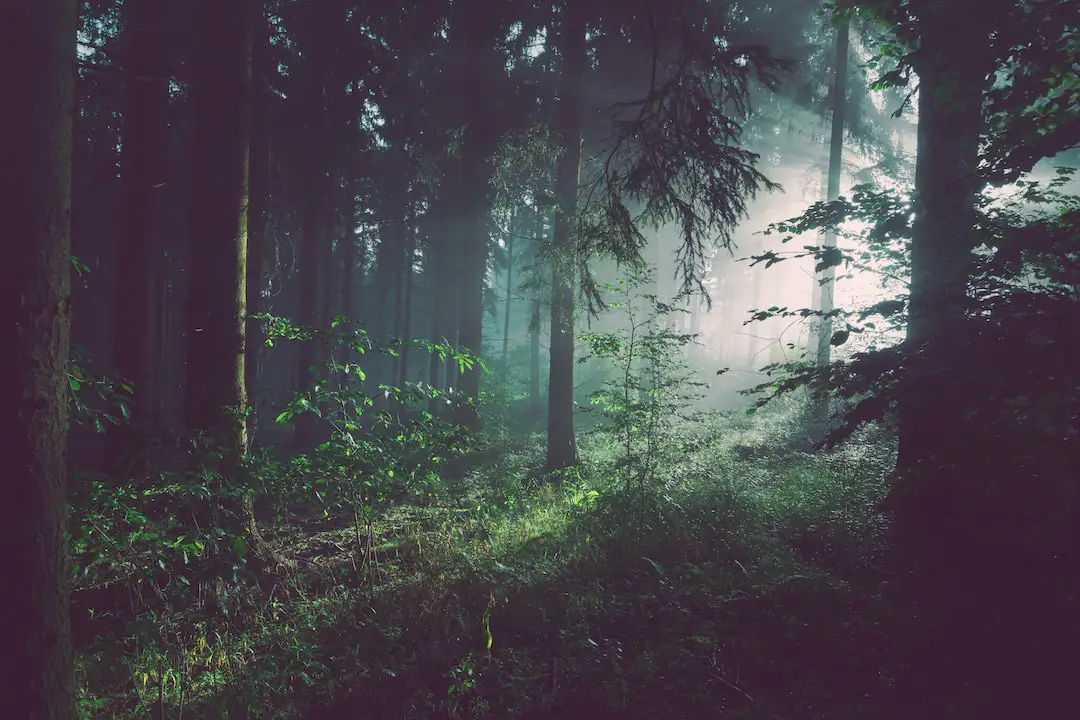
A large rainforest reserve located in the Cabinda province of Angola.
What to see or do: Explore the lush greenery and wildlife that Maiombe Forest Reserve has to offer. Hiking, birdwatching and wildlife spotting are some popular activities here.
You can also see many endangered species such as chimpanzees, elephants, mandrills, leopards, crocodiles, and gorillas.
Don’t miss: The Montanha Maiombe, which is the highest peak within the forest reserve, this is perfect for trekking and hiking which offers a stunning panoramic view of the forest.
Also, the stunning waterfalls that dot the reserve are absolutely not to be missed.
Insider travel tips: It is recommended to wear long pants and sleeves to avoid insect bites.
It’s also recommended to hire an experienced guide to take you through the forest, they can help you find hidden spots and very interesting viewing points.
9. Kissama National Park – Luanda
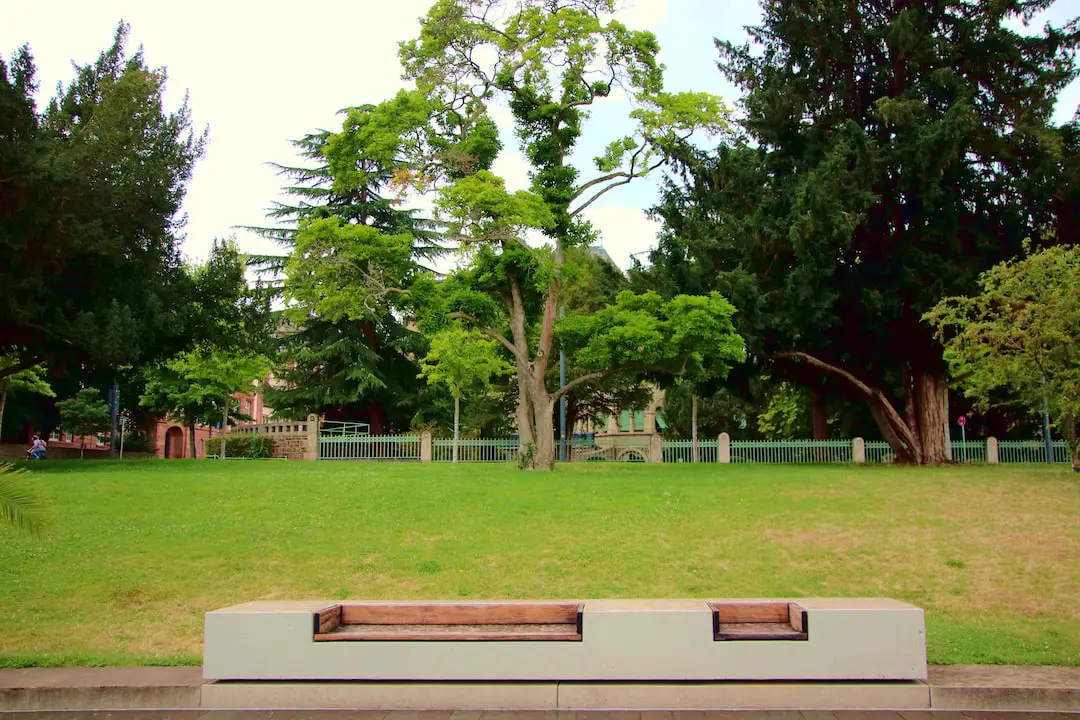
Kissama National Park is a wildlife sanctuary in Angola located near Luanda, the capital city.
What to see or do: Visitors to Kissama National Park can enjoy a variety of outdoor activities, such as game drives, bird watching, and guided walking safaris.
Don’t miss: The park offers a unique opportunity to see elephants living in their natural habitats, and you can take a wildlife safari ride or a guided tour to get a closer look.
Insider travel tips: – The best time to visit the park is June through September, during the dry season.
10. Kalandula Falls – Malanje
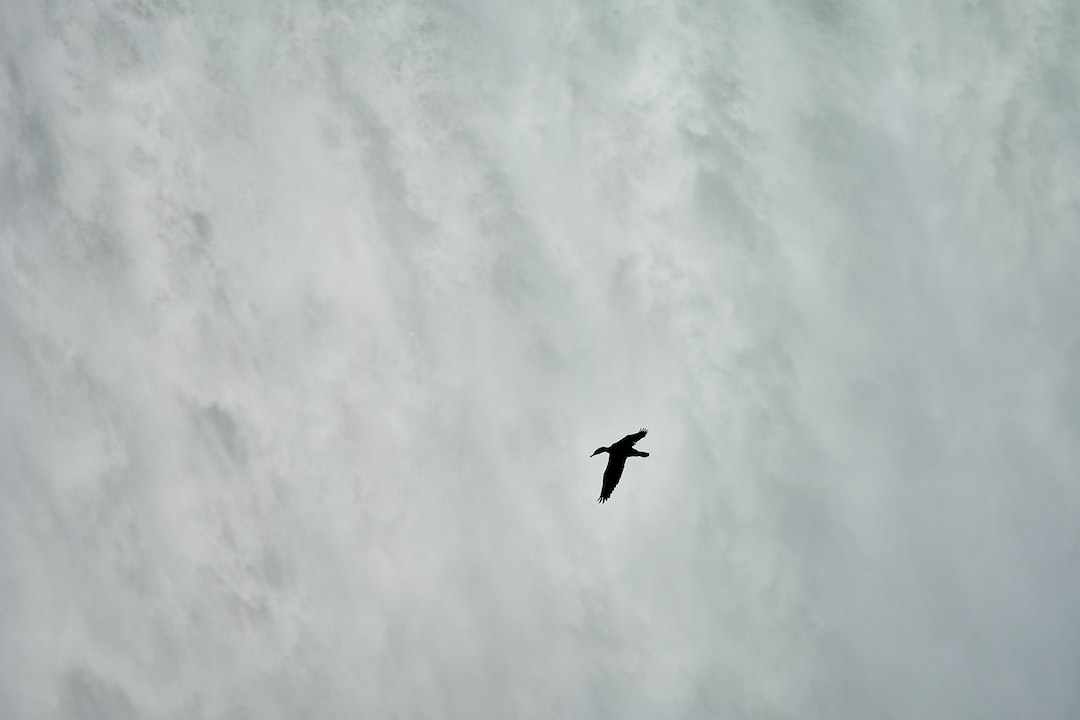
Kalandula Falls is a stunning waterfall located in the province of Malanje, Angola.
What to see or do: Witness the dramatic sight of the breathtaking falls, made up of multiple sections that span nearly 400 feet in width and drop over 300 feet.
Take in the gorgeous natural surroundings including lush vegetation and rock formations.
Don’t miss: The best time to view the falls is during the rainy season from February to April when the water flow is at its peak.
Don’t miss the opportunity to capture stunning photos of the falls and the surrounding landscapes.
Insider travel tips: Wear comfortable shoes and bring water and snacks for the hike to the falls. Hire a local guide if possible to learn more about the history and culture of the area.
Consider visiting in the morning or late afternoon to avoid the crowds and the heat of the day.
11. Ship’s Cemetery – Luanda
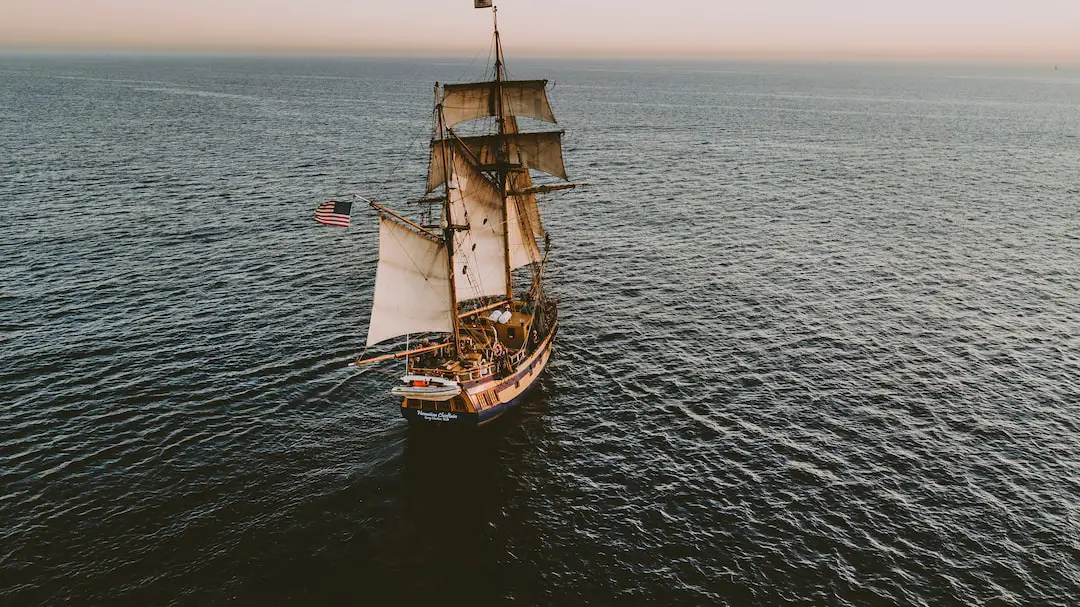
The Ship’s Cemetery is a unique attraction in Luanda, Angola, where several old and abandoned vessels are anchored together and have become a destination for tourists and locals alike.
What to see or do: Visitors can explore the rusty remnants of the ships and take photographs while admiring the remarkable views of the Atlantic Ocean and Luanda Bay.
The area is also a popular spot for picnics and fishing.
Don’t miss: The highlight of visiting the Ship’s Cemetery is observing the contrast between the battered vessels and the tranquil beauty of the ocean.
Watch the sunset while taking in this mesmerizing scene.
Insider travel tips: It’s important to take caution when exploring the vessels, as some may be unstable and the rusty metal may cause injury.
Tourists are also advised to bring their own food and drinks, as there are limited facilities in the area. It’s best to visit during the day as there are no lights on the ships at night.
12. Iona National Park – Namibe
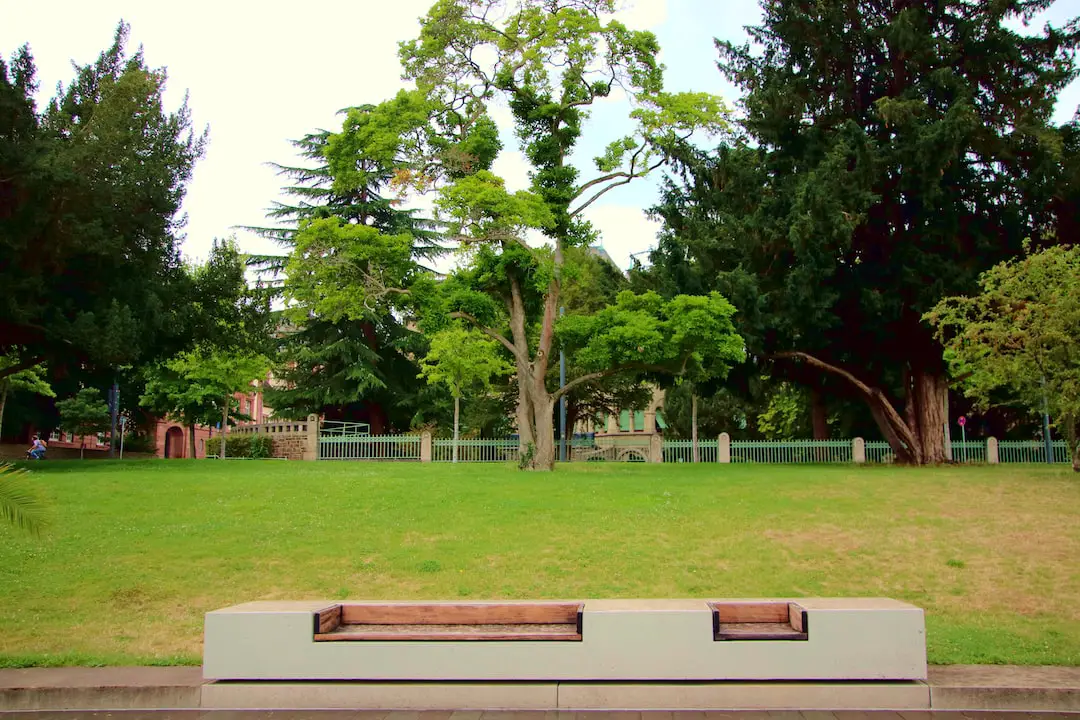
Iona National Park is a protected area located in the southwestern part of Namibe province, Angola covering an area of 15,000 square kilometers.
What to see or do: Iona National Park is a stunning blend of desert landscapes, rugged mountains, and beautiful coastline. You can enjoy a range of activities such as game viewing, bird watching, hiking, and camping.
The park also offers a unique opportunity to witness ancient rock art.
Don’t miss: Don’t miss the chance to visit the “Tchitundo-Hulo” rock paintings, found in the northern part of the park.
The paintings that date back to the Late Stone Age are some of the most important pieces of rock art in Southern Africa.
Also, make sure to see the Namib Desert, considered the oldest desert in the world and the Skeleton Coast, home to shipwrecks and colonies of Cape fur seals.
Insider travel tips: It is better to visit the park during winter (May – September) when the weather is cool and dry.
13. Tundavala Fissure – Huila
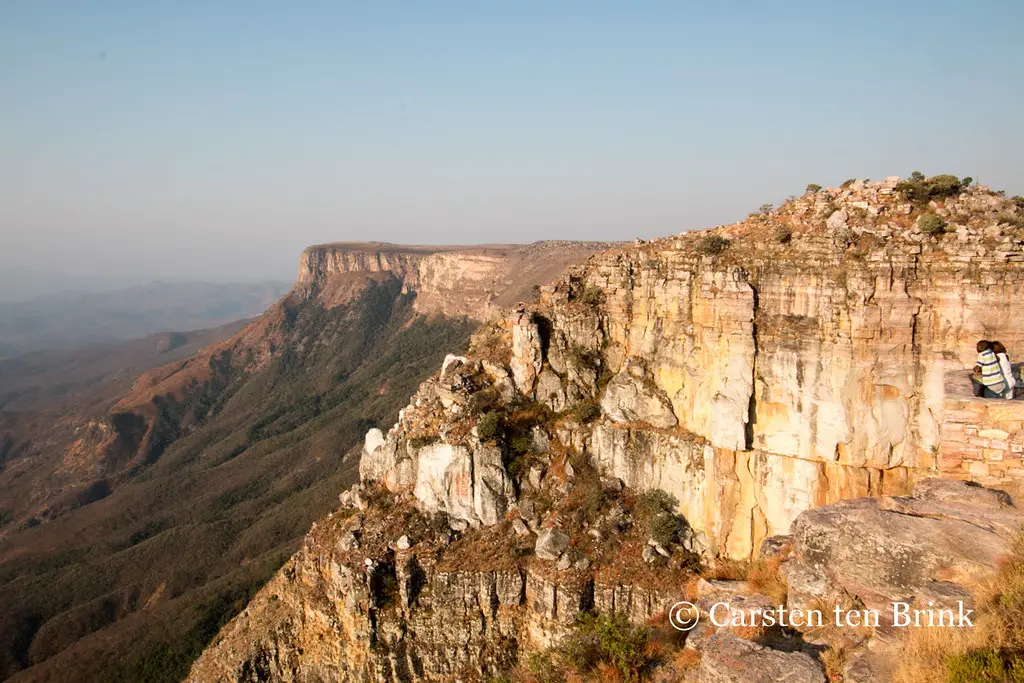
A natural wonder located in the Huila province of Angola, Tundavala Fissure is a canyon that was formed millions of years ago due to tectonic movements.
What to see or do: Visitors can take a thrilling drive up the steep mountain road to reach the viewpoint overlooking the fissure, which offers breathtaking views of the deep canyon and surrounding landscape.
Don’t miss: The opportunity to take stunning photos of the panoramic views, especially during sunrise or sunset.
Insider travel tips: It can get very chilly at the viewpoint, so bring warm clothing, and be aware that the road up to the viewpoint can be treacherous, so it’s best to hire a 4×4 vehicle and a local driver.
Additionally, visitors should stay on the designated paths and be careful near the edges of the fissure.
14. Benguela Railway Station – Benguela
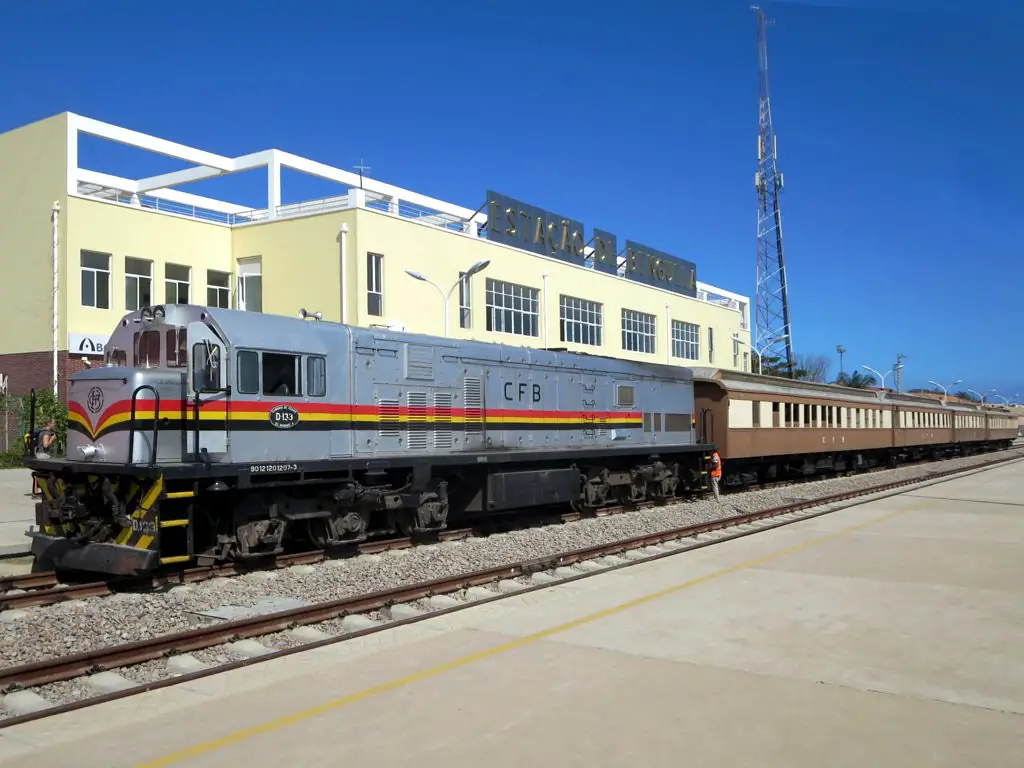
A historic railway station in Benguela, Angola, known for its unique architectural design.
What to see or do: Take a tour of the station’s striking facade, which features a blend of Art Deco and Portuguese Colonial styles.
Admire the intricate tilework and grand arched entrance, and explore the beautifully preserved interior, which includes a ticket office, waiting rooms, and a clock tower.
Don’t miss: The station’s museum, which houses a collection of vintage locomotives, railroad equipment, and historic photographs.
Also, be sure to snap a photo of the station’s exterior at sunset – the warm, golden light makes for a stunning backdrop.
Insider travel tips: Visit early in the morning or late in the afternoon to avoid crowds, and wear comfortable shoes for exploring the expansive grounds.
Consider hiring a local guide to provide historical context and insight.
And if you have time, take a scenic train journey along the Benguela railway – the views of Angola’s rugged coastline and remote interior are breathtaking.
15. Bicauri National Park РBi̩
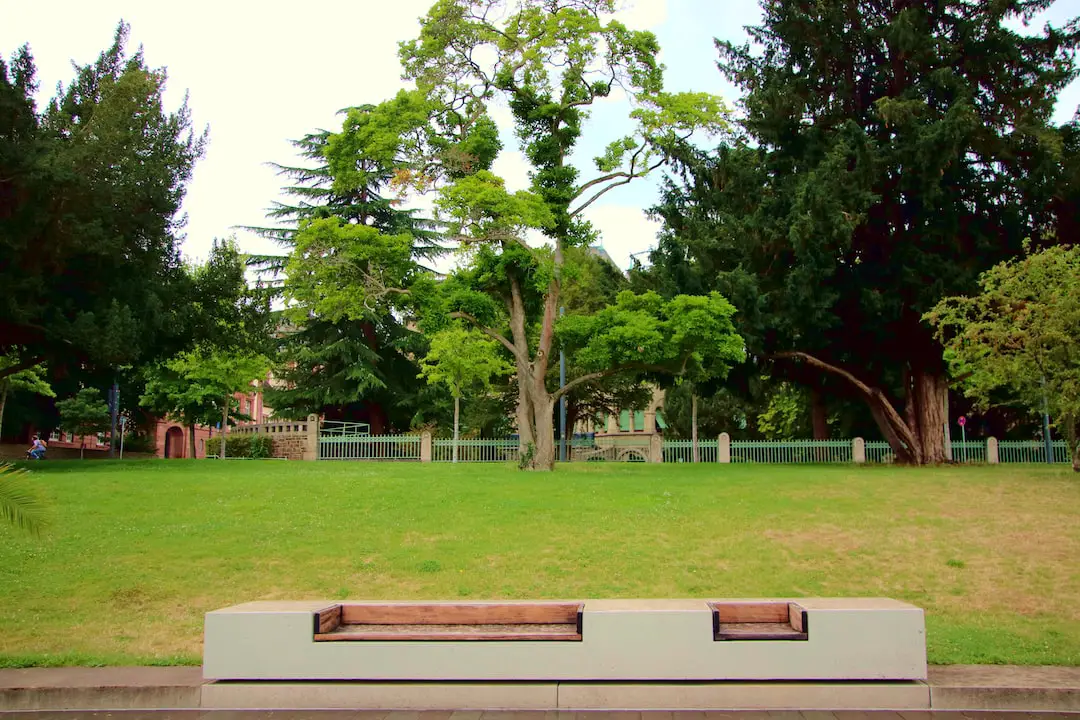
Bicauri National Park is a protected area located in the Bié province of Angola, covering over 6,600 square kilometers.
What to see or do: The park is home to a diverse range of flora and fauna, including elephants, lions, leopards, giraffes, hyenas, and various species of antelope.
Visitors can go on game drives and guided walking safaris to spot these animals, as well as enjoy birdwatching and scenic hikes through the park’s rugged terrain.
Don’t miss: The iconic Bicauri rock formations are a must-see attraction of the park. These towering granite pillars are a popular spot for rock climbing and offer stunning panoramic views of the surrounding landscape.
Insider travel tips: Be sure to bring warm clothing for the chilly evenings, as temperatures can drop significantly at night.
It is also recommended to hire a local guide for your safari or hiking trip, as they will be able to provide valuable insights and ensure a safe and enjoyable experience.
16. Mount Moco – Huambo
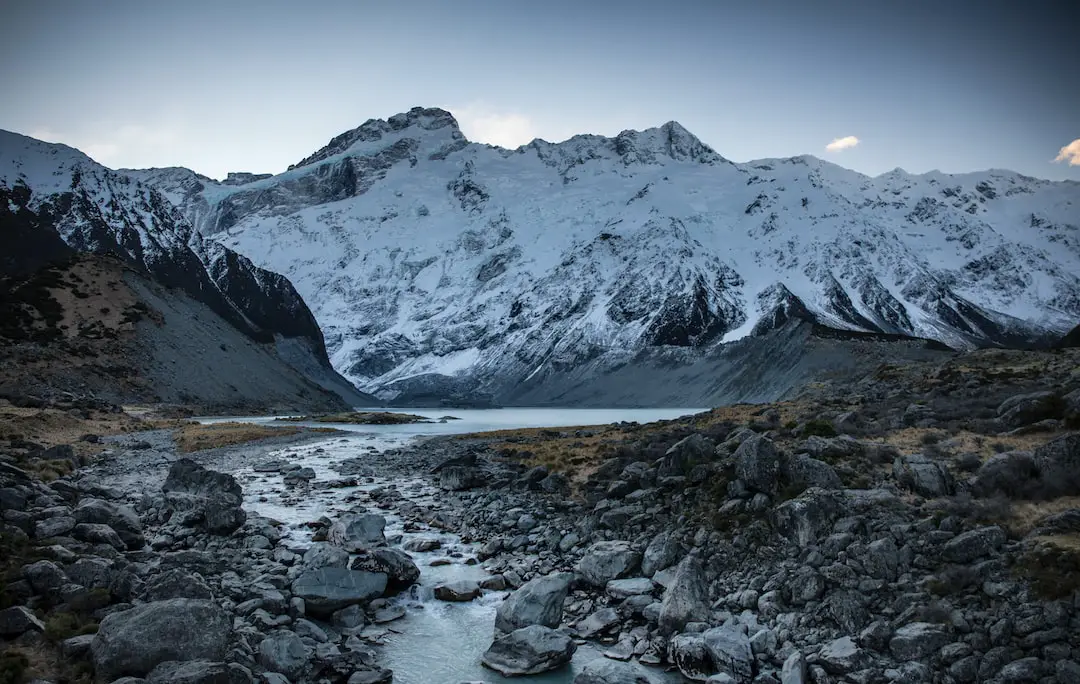
Mount Moco, the highest mountain in Angola with an elevation of 2,620 meters.
What to see or do: Hiking to the summit of Mount Moco is a popular activity.
On the way up, visitors can enjoy stunning panoramic views of the surrounding countryside, including lush tropical forests and traditional Angolan villages.
Don’t miss: The chance to see wildlife unique to this area, such as the endangered Angolan colobus monkey and the Gabela helmet-shrike, a bird only found in Angola.
Insider travel tips: Be sure to bring appropriate hiking gear, including sturdy shoes and warm clothing for the cooler temperatures at the summit. It is also recommended to bring a local guide who can help navigate the trails and spot wildlife.
17. Cangandala National Park – Malanje
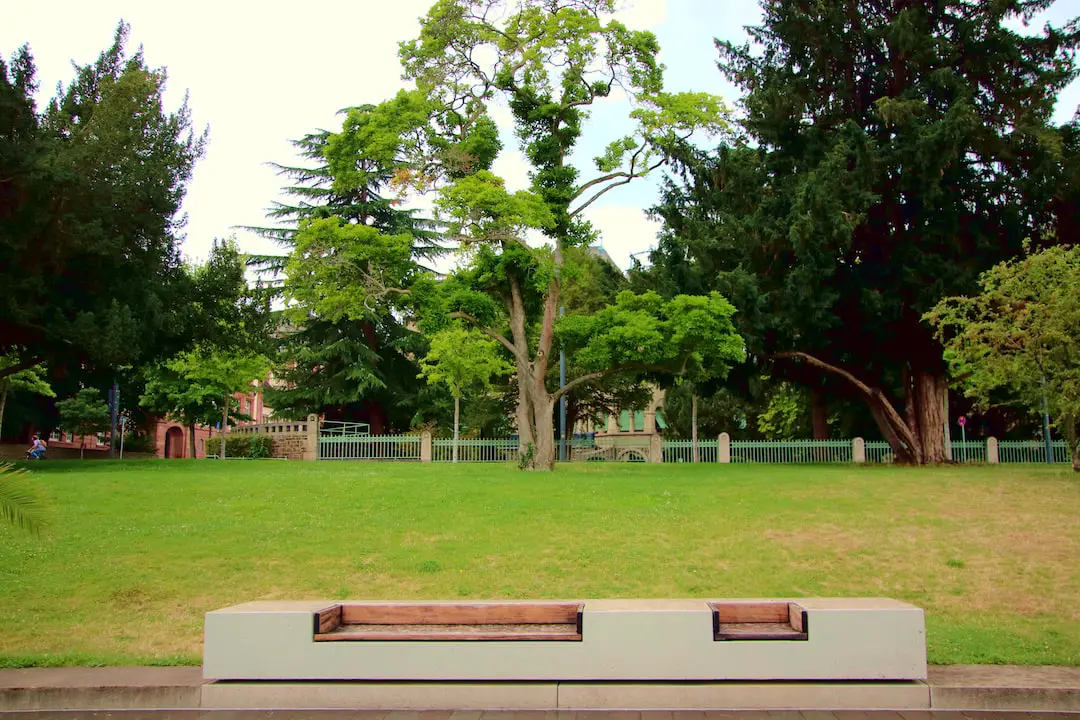
Cangandala National Park is a protected area in the Malanje province of Angola, covering an area of 6,884 square kilometers.
What to see or do: Explore the park’s tropical forests and savannahs to spot various flora and fauna such as giant forest hogs, elephants, bushbucks, sable antelopes, zebras, and rare bird species.
Take a guided safari tour to see the park’s highlights and discover the diverse landscapes and ecosystems.
Don’t miss: Visit the Cangandala Lake, a shallow and placid body of water, ideal for fishing and bird watching. Take a trip to the Keve Waterfall, one of the tallest waterfalls in Angola, with a height of 250 meters.
Explore the ruins of the old Cangandala settlement, a Portuguese trading post from the 16th century.
Insider travel tips: The best time to visit Cangandala National Park is during the dry season (May – September) when the watering holes are more concentrated, encouraging abundant wildlife activity.
Hire a local guide when exploring the park to help enhance your experience and provide insight into the culture and history of the area.
Be prepared for hot and humid conditions, so wear comfortable clothing and bring plenty of water.
18. Quicama National Park – Benguela
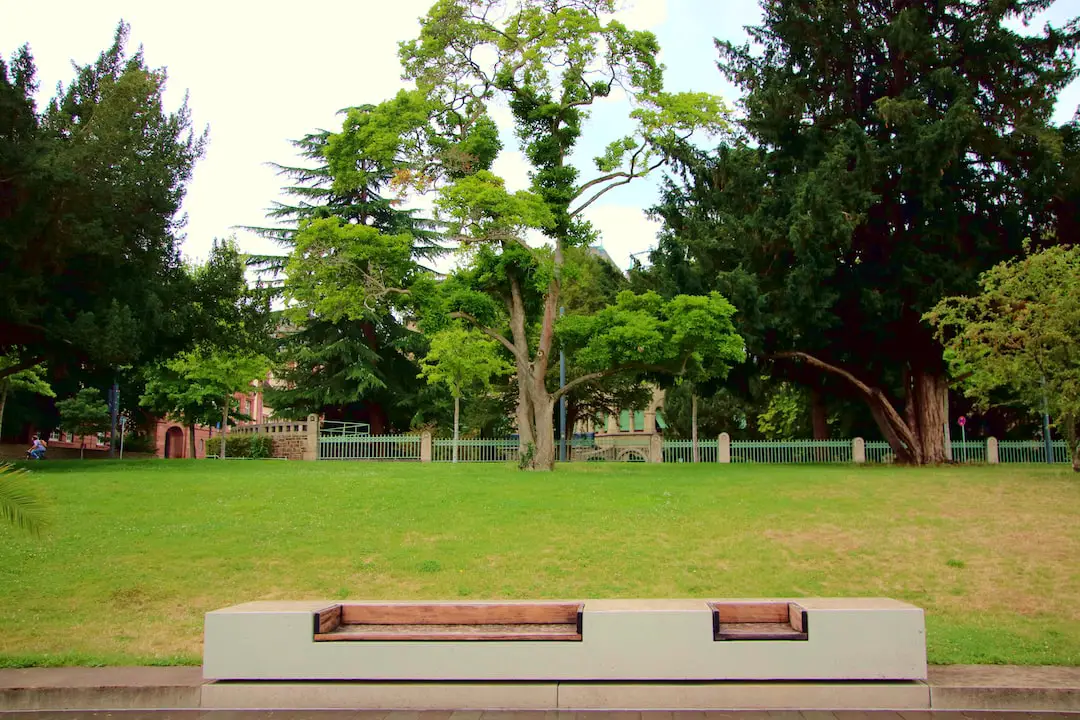
Quicama National Park is a protected area located in Benguela, Angola covering an area of 9,600 square kilometers.
What to see or do: One of the main attractions of the park is the wide variety of flora and fauna. Visitors can see elephants, giraffes, lions, leopards, and other species on organized safaris.
The park is also home to more than 200 bird species which makes it a paradise for bird-watchers. For those looking to explore the park on foot, there are numerous hiking trails to choose from.
Don’t miss: A visit to the Mumbondo waterfall which is located in the heart of the park. It’s a magnificent sight and visitors can take a refreshing dip in the water.
Insider travel tips: The best time to visit the park is during the dry season which runs from May to October. During this time, the animals gather around waterholes making it easier to spot them.
Visitors should also bring sunscreen, insect repellent, and comfortable shoes for hiking. It’s advisable to go on guided tours for safety and to gain a more in-depth understanding of the natural surroundings.
19. Museum of Anthropology – Huila
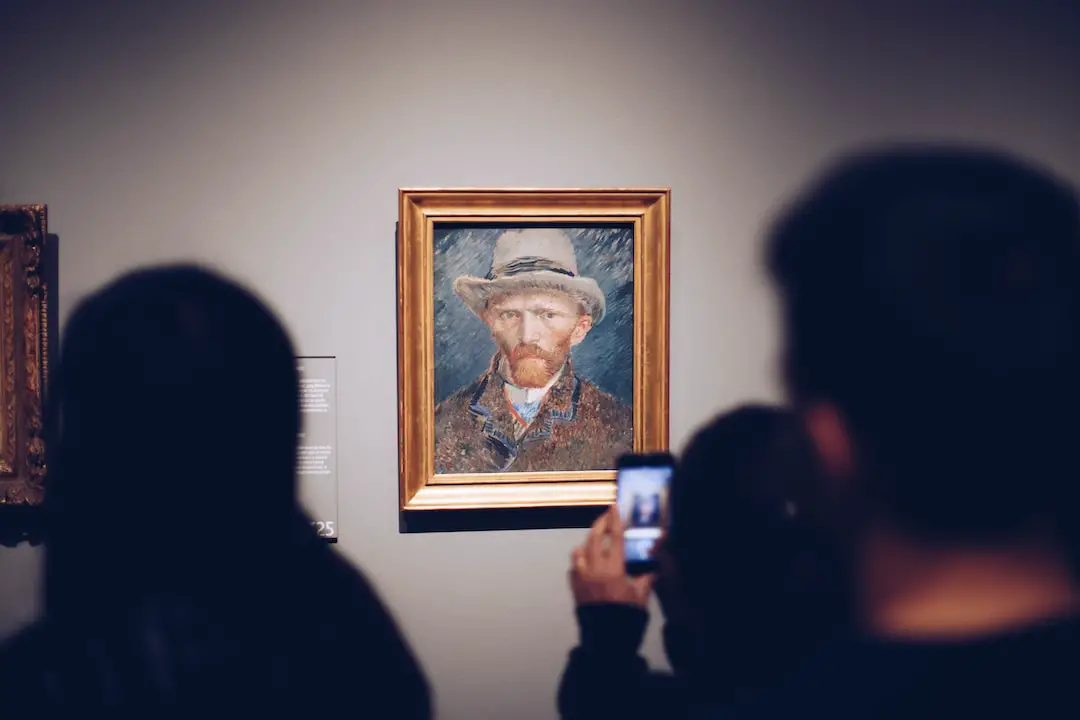
A museum dedicated to the indigenous and afro-descendent communities of the Huila region in Colombia.
What to see or do: Explore the various exhibits showcasing the diverse cultures, traditions, and history of Huila’s native communities. Admire the collection of archeological artifacts, pottery, textiles, and other ethnographic objects that have been preserved for centuries.
Attend cultural events and workshops hosted by the museum, including music performances and traditional dance lessons.
Don’t miss: The museum’s unique collection of mummified remains from the indigenous Guane people, who inhabited the region over 300 years ago.
Marvel at the preservation techniques used by the ancient civilization that have allowed their remains to remain in pristine condition for centuries.
Insider travel tips: Visitors should take note that the museum only offers guided tours, which can be booked upon arrival or in advance. It is recommended to bring comfortable footwear as there is a lot of walking involved during the tours.
Also, don’t forget to bring a camera to capture the stunning exhibits and architecture of the museum’s building.
20. Angola Adventure – Luanda
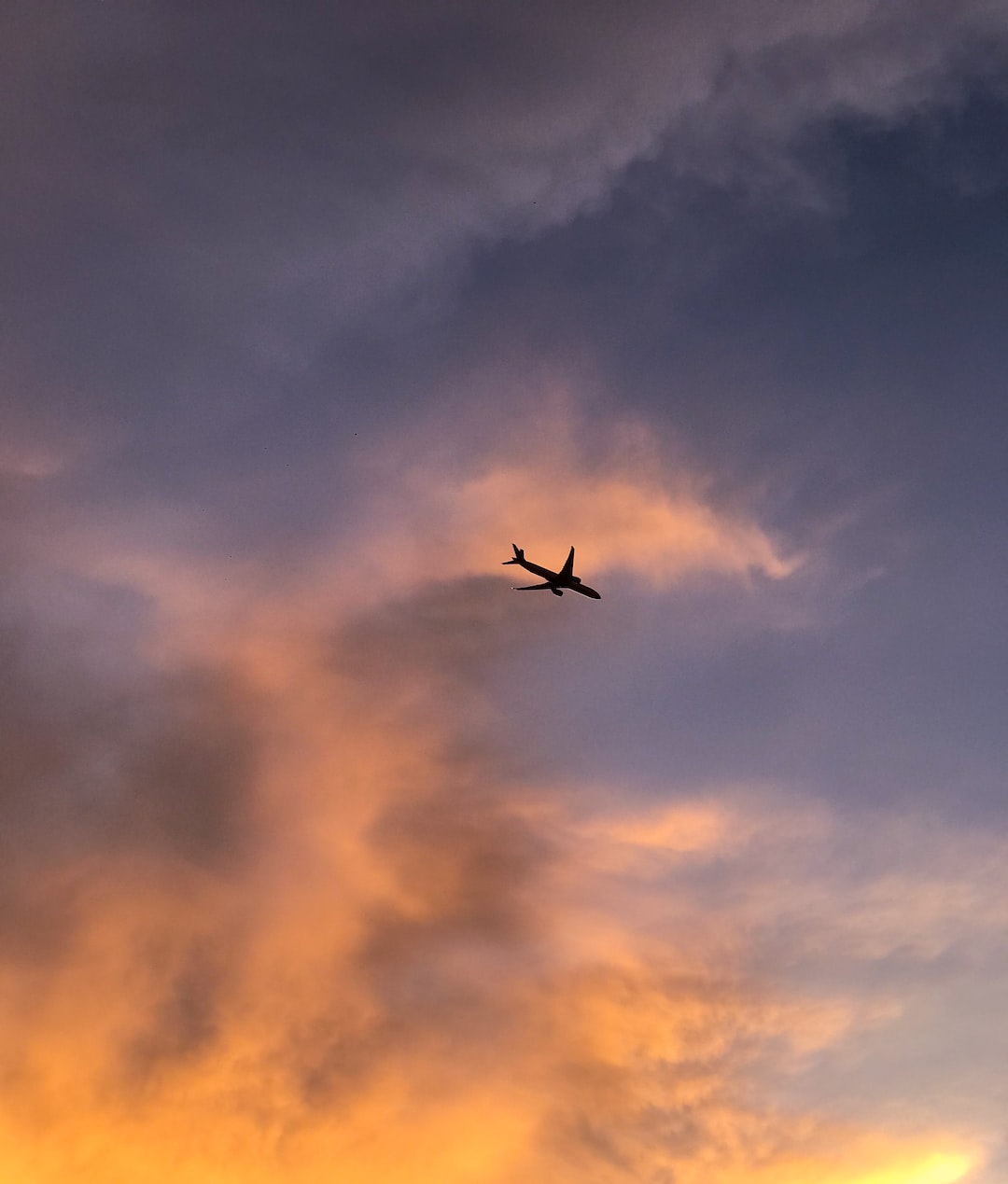
Luanda, the capital city of Angola, is a bustling metropolis located on the Atlantic coast.
What to see or do: Luanda offers a range of activities and attractions to explore. Visit the 16th-century fortress of Fortaleza de São Miguel to learn about Angola’s colonial history.
Take a stroll through the vibrant markets of Roque Santeiro or visit the Mausoleum of Agostinho Neto, the first president of Angola.
For a taste of the local culture, enjoy a traditional Angolan meal at one of the city’s many restaurants or head to the Ilha do Cabo beach for some relaxation.
Don’t miss: The Miradouro da Lua, or “Moon Viewpoint”, offers a breathtaking view of the surrounding landscapes and is a popular spot for tourists and locals alike.
For a unique museum experience, check out the Museum of the Armed Forces, which showcases Angola’s military history.
Insider travel tips: Be prepared for the city’s notoriously bad traffic and bring comfortable walking shoes, as exploring the city by foot is often the easiest and most enjoyable way to get around.
For those interested in the local music scene, check out the nearby town of Mussulo, where beach bars often host live performances.
And, be sure to try the local dish “muamba de galinha”, a spicy chicken stew that is a staple of Angolan cuisine.
21. Igreja de Nossa Senhora do Cabo – Benguela
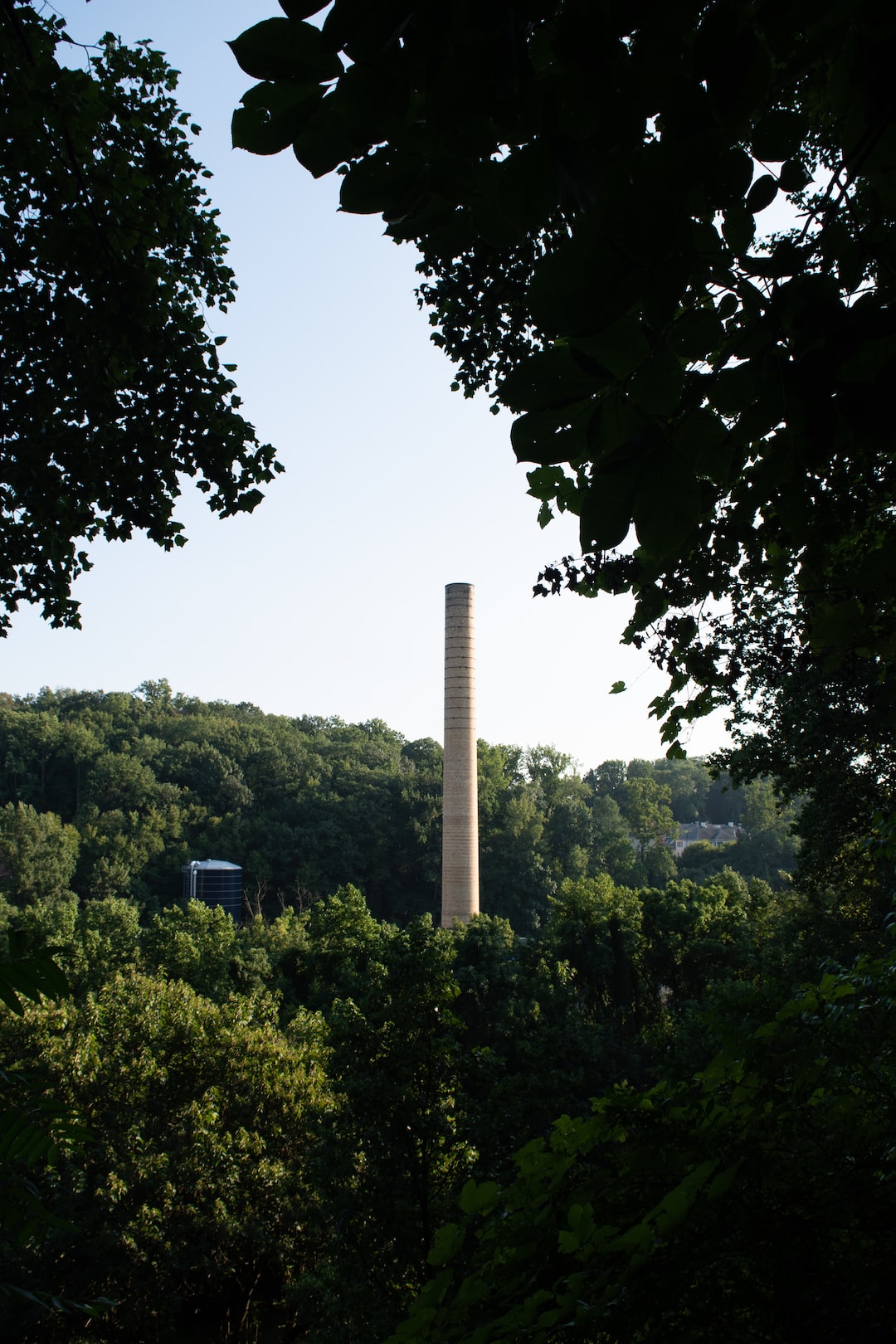
The Igreja de Nossa Senhora do Cabo is a beautiful and historic Portuguese colonial church located in the city of Benguela in Angola.
What to see or do: Admire the stunning colonial architecture of the church, which includes intricate stonework and beautiful stained glass windows. Take time to explore the interior of the church and appreciate its tranquil atmosphere.
Don’t miss: Be sure to check out the beautiful views of the surrounding area from the church grounds, which are located on a hill overlooking Benguela.
Also, keep an eye out for the church’s bell tower, which is a prominent landmark in the area.
Insider travel tips: For the best experience, visit the church early in the morning or later in the evening to avoid the midday heat.
Don’t forget to dress modestly as a sign of respect for the church’s religious significance.
Additionally, there are often informative tours available that provide additional context and history about the church and its place in Benguela’s culture and heritage.
22. Mussulo Island – Luanda
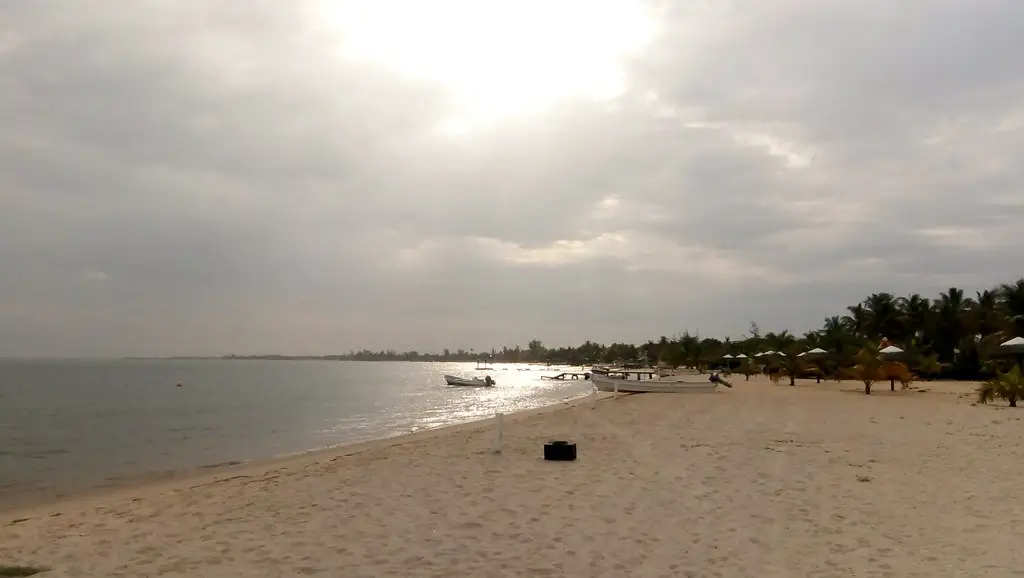
Mussulo Island, located a short distance from Luanda, Angola.
What to see or do: Mussulo is a beautiful island and its crystal-clear waters, sandy beaches, and lush green vegetation make it a perfect place to relax, sunbathe, and enjoy water sports like swimming, snorkeling, and windsurfing.
Take a boat ride along the coast to see the mangroves and have fresh seafood lunch at one of the rustic restaurants on the beach.
Don’t miss: The stunning view of the sunset over the Atlantic Ocean from the western side of the island.
Insider travel tips: Bring plenty of sunscreen, water, and snacks as there are limited facilities on the island.
If you have the time, consider spending a night in one of the eco-lodges to truly experience the island’s natural beauty.
It’s possible to hire a boat trip around the island and engage in water sports. Avoid visiting during the rainy season between November and March.
23. Source of the Kwanza River РBi̩
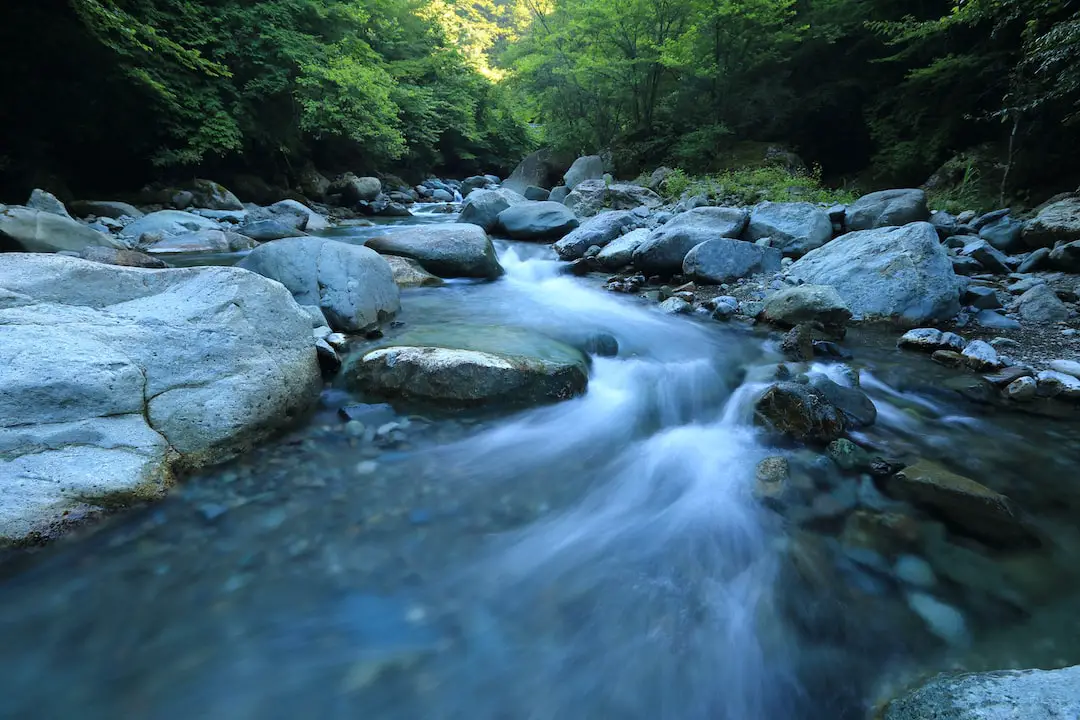
The source of the Kwanza River is located in the Bié Province of Angola.
What to see or do: Visitors can witness the stunning natural beauty of the area, including the lush foliage and surrounding hills.
Don’t miss: The opportunity to take in the serene views of one of the longest rivers in Angola, stretching over 600 miles.
Insider travel tips: Visitors should come prepared with proper hiking gear and a good camera to capture the breathtaking views. It’s important to note that the area is remote and may require a guide to navigate.
24. Kuito Cathedral РBi̩
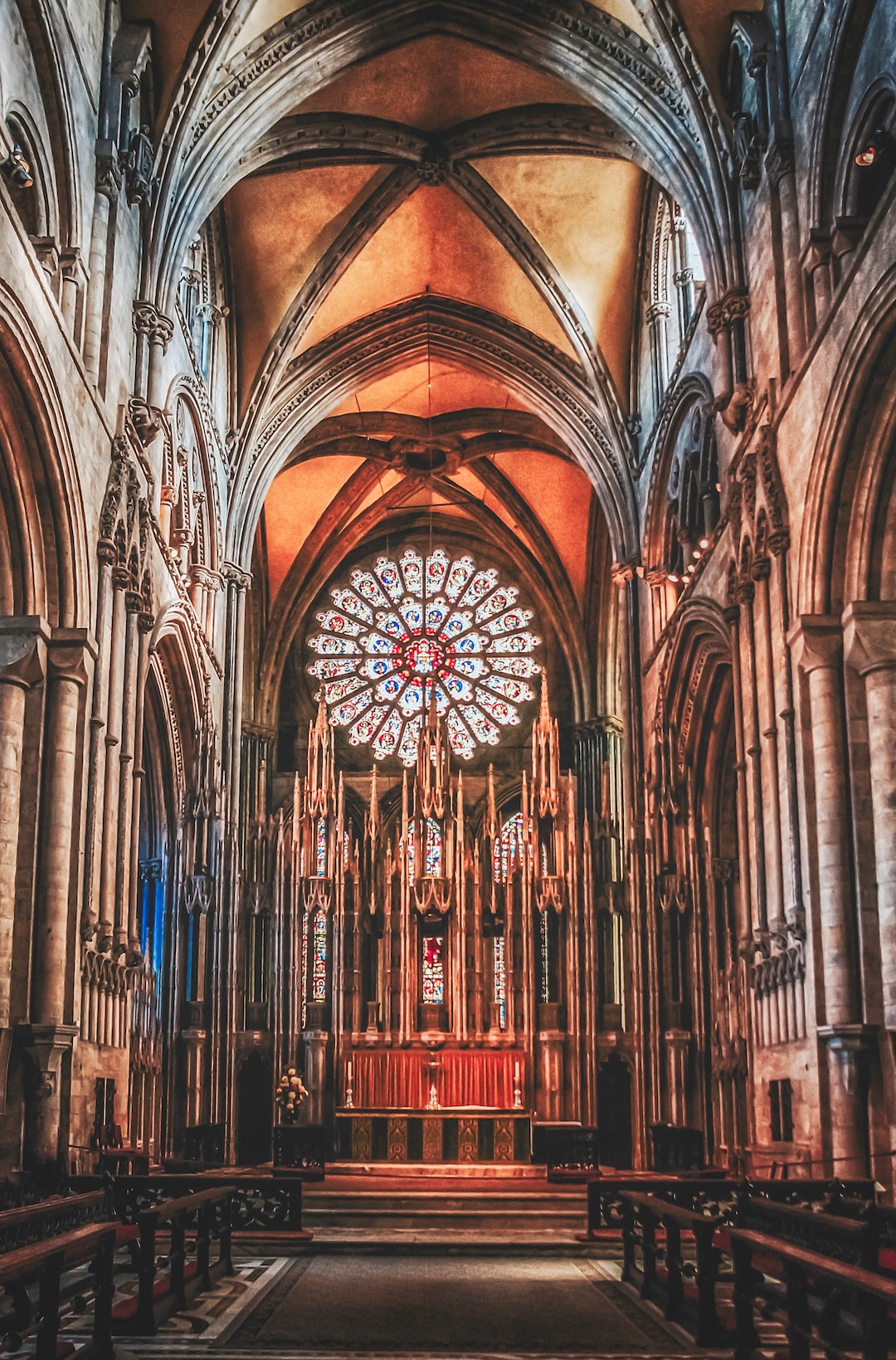
Kuito Cathedral, also known as Se Catedral de Nossa Senhora da Conceição, is a Catholic cathedral located in the city of Kuito, in the Bié province of Angola.
What to see or do: The cathedral was built in the 1940s and is a beautiful example of Portuguese colonial architecture. Visitors can admire the ornate interior, including stained glass windows, intricate woodwork, and beautiful paintings.
Don’t miss: Don’t miss the opportunity to climb the cathedral tower for a stunning view of the city and surrounding countryside.
Insider travel tips: Plan your visit for a Sunday morning to experience a traditional Catholic mass at the cathedral. Additionally, be respectful of the church’s dress code and remember to cover your shoulders and legs.
25. Pungo Andongo – Malanje
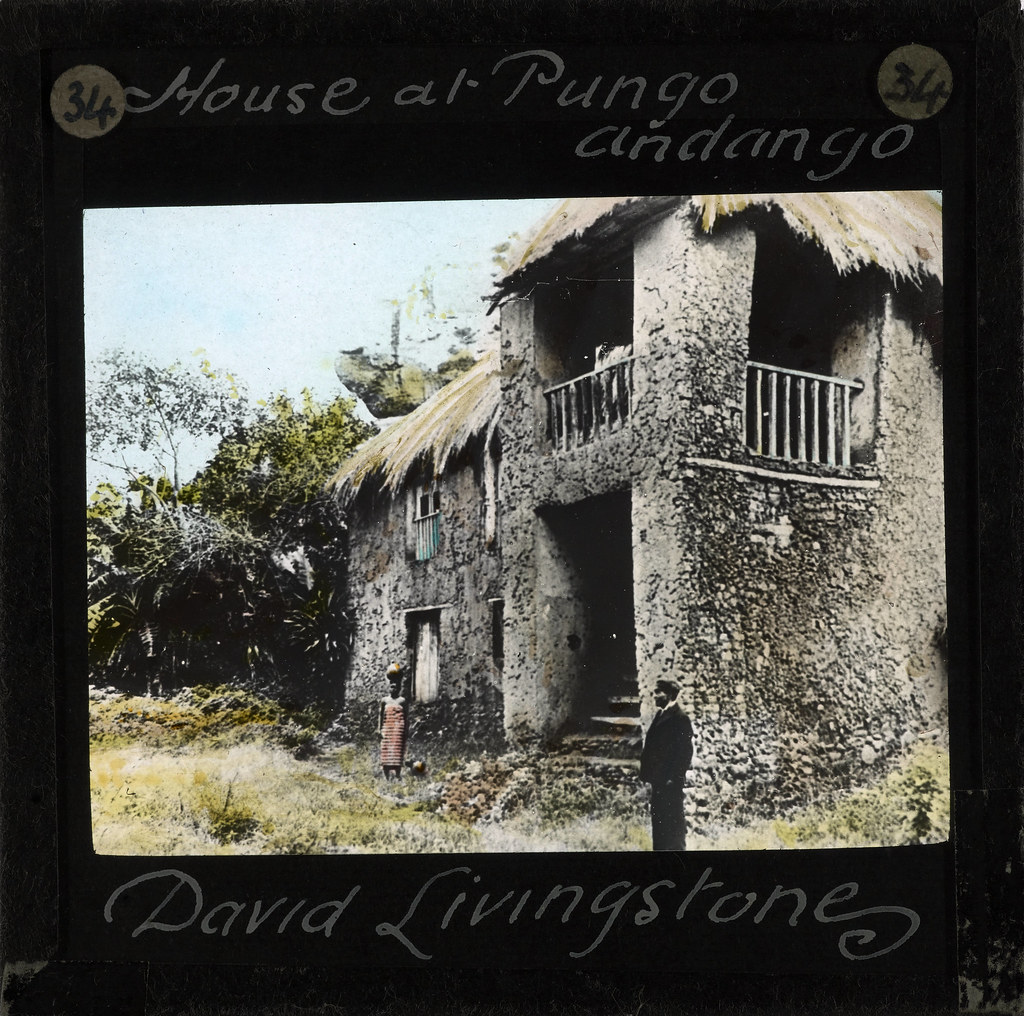
What to see or do: Marvel at the unique rock formations that are over 1 billion years old. Explore the surrounding hills and take in the scenic views.
Don’t miss: The natural pool at the base of the rocks, which is perfect for a refreshing dip on a hot day.
Insider travel tips: Wear comfortable shoes and bring plenty of water, as the climb up to the top of the rocks can be challenging.
Hire a local guide for a more informative experience and to ensure your safety.
26. Dilolo Lake – Lunda Sul
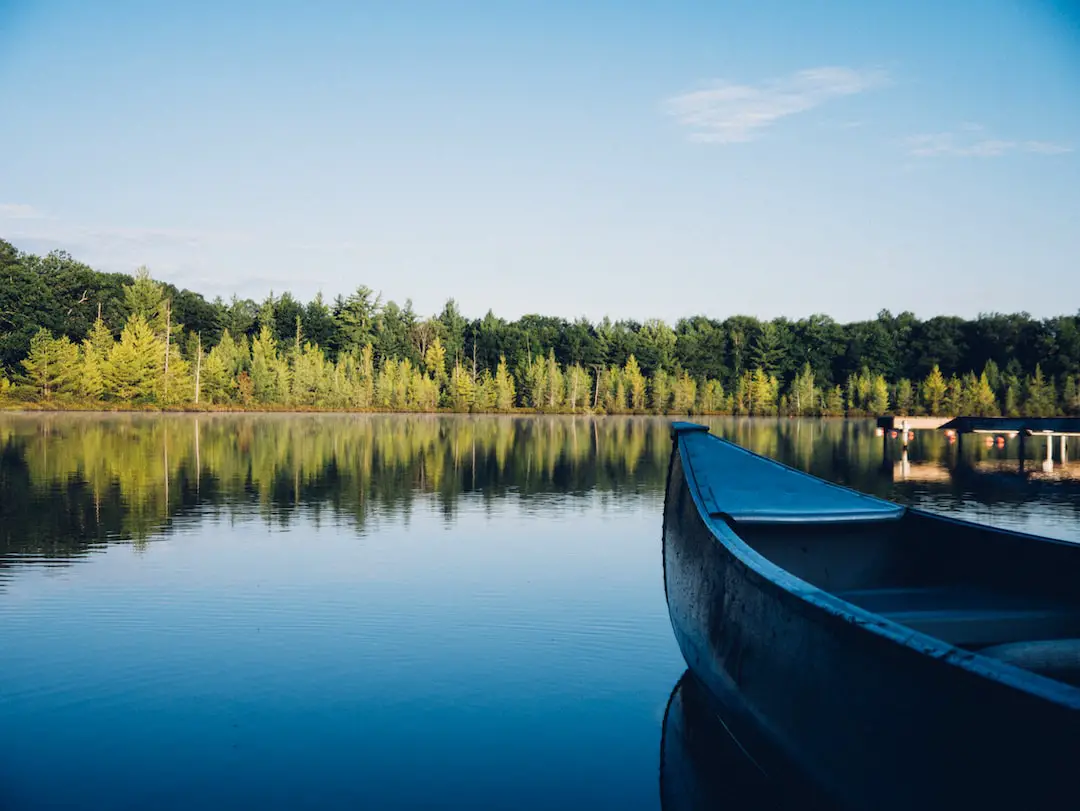
Dilolo Lake is a stunning turquoise blue lake located in the province of Lunda Sul, Angola.
What to see or do: Visitors can enjoy the breathtaking views of the crystal clear waters, take a peaceful stroll alongside the lake, or explore the diverse birdlife.
Don’t miss: Be sure to take a dip in the refreshing waters of the lake, and watch the sunset over the surrounding landscape for an unforgettable experience.
Insider travel tips: Bring a picnic to enjoy a meal on the shore of the peaceful lake.
27. Tres Palmeiras – Namibe

A stunning desert oasis located in the Namibe province of Angola.
What to see or do: Admire the palm trees and vibrant freshwater pools that contrast with the surrounding desert landscape. Relax on the white sandy beaches or take a dip in the refreshing water.
Enjoy desert activities such as dune bashing, sandboarding, and camel rides.
Don’t miss: The breathtaking sunsets that paint the sky in vibrant hues of orange and pink. Keep an eye out for the diverse birdlife that calls this oasis home.
Insider travel tips: Bring plenty of sunscreen and water as temperatures can get very hot.
If you’re interested in local culture, visit nearby fishing villages to learn about traditional fishing techniques and try delicious seafood dishes.
To experience the desert in a unique way, consider spending a night in a traditional Bedouin-style tent.
28. Dala Waterfalls – Lunda Norte

Dala Waterfalls is a stunning natural wonder located in the province of Lunda Norte, Angola.
What to see or do: Visitors can enjoy a refreshing swim in the crystal-clear, turquoise pools at the bottom of the seven-tiered waterfalls. The lush, green jungle surrounding the falls creates a serene and peaceful atmosphere.
Don’t miss: Don’t miss the opportunity to take a dip in the natural pools, feel the rush of the cascading water, and admire the stunning views of the waterfalls.
Insider travel tips: – Bring insect repellent to protect against mosquitoes and other bugs that are prevalent in the jungle.